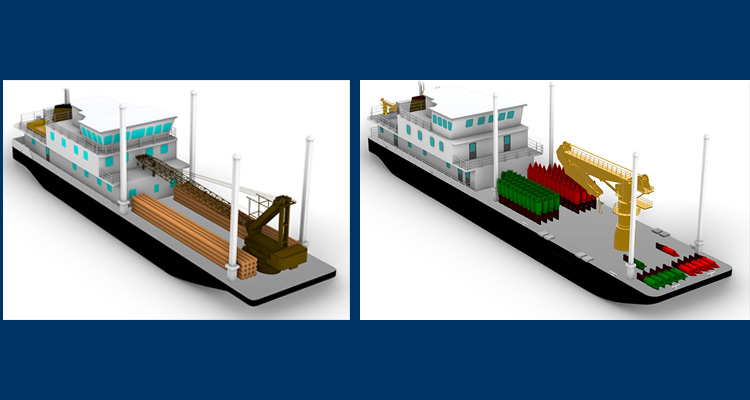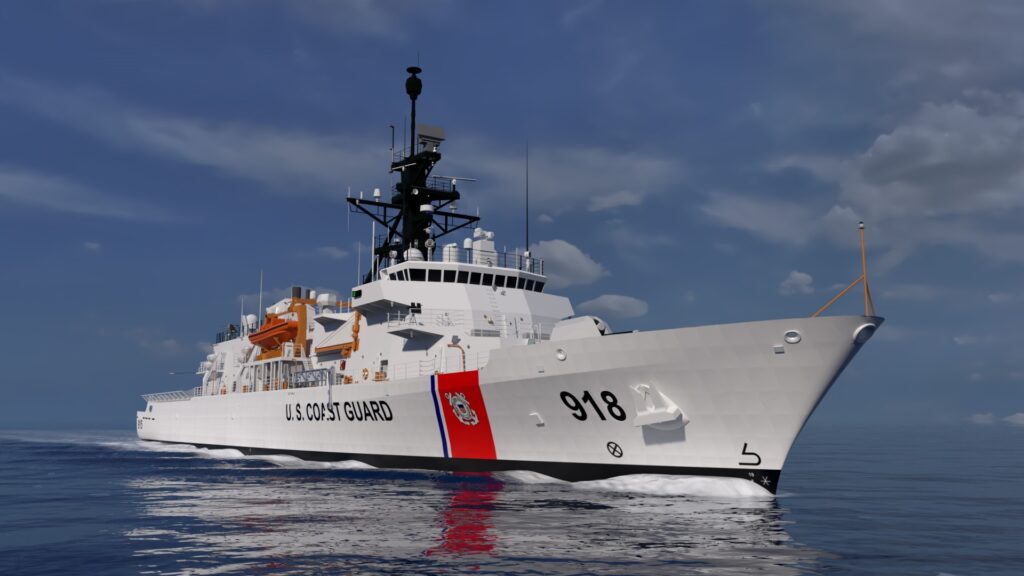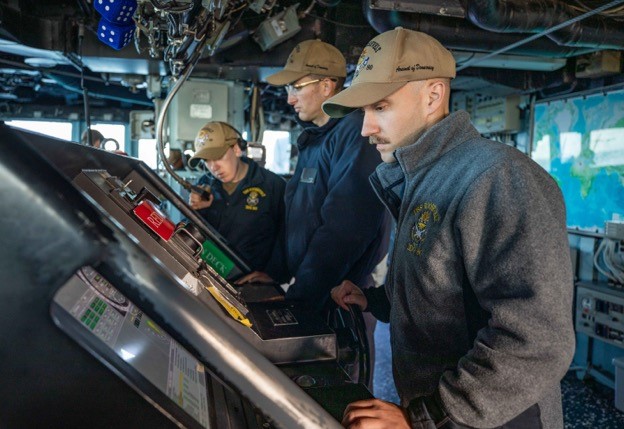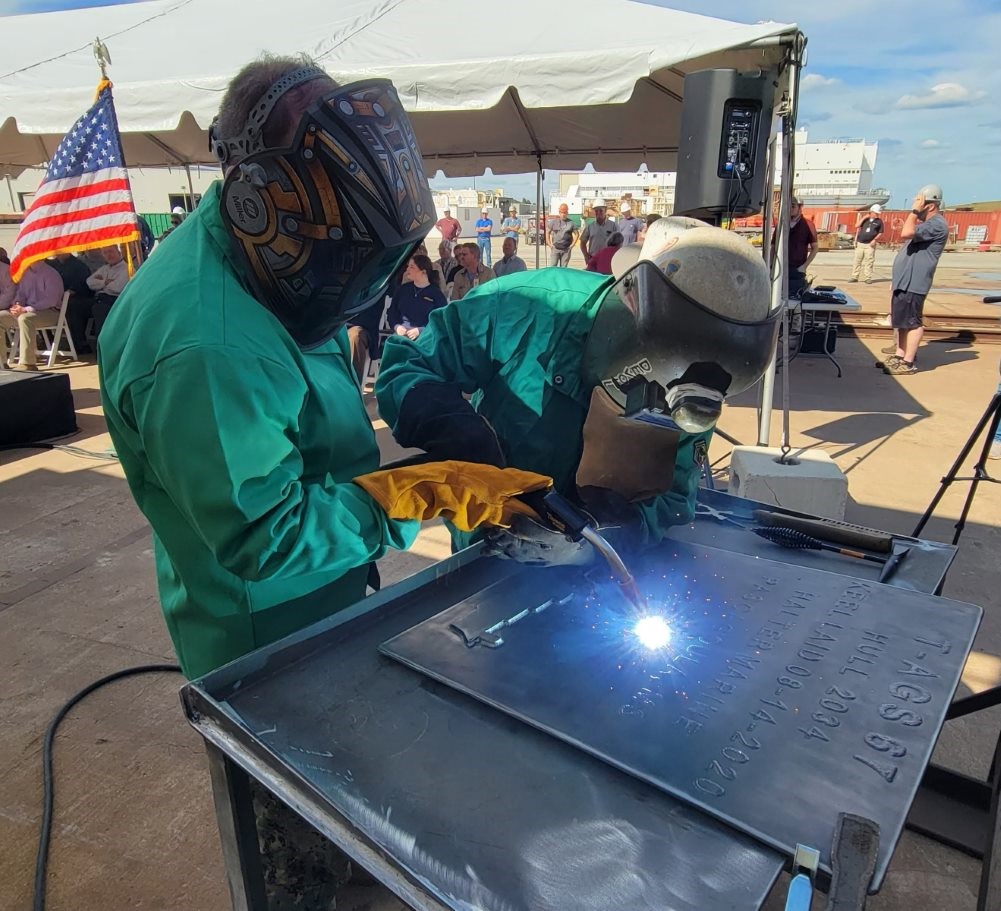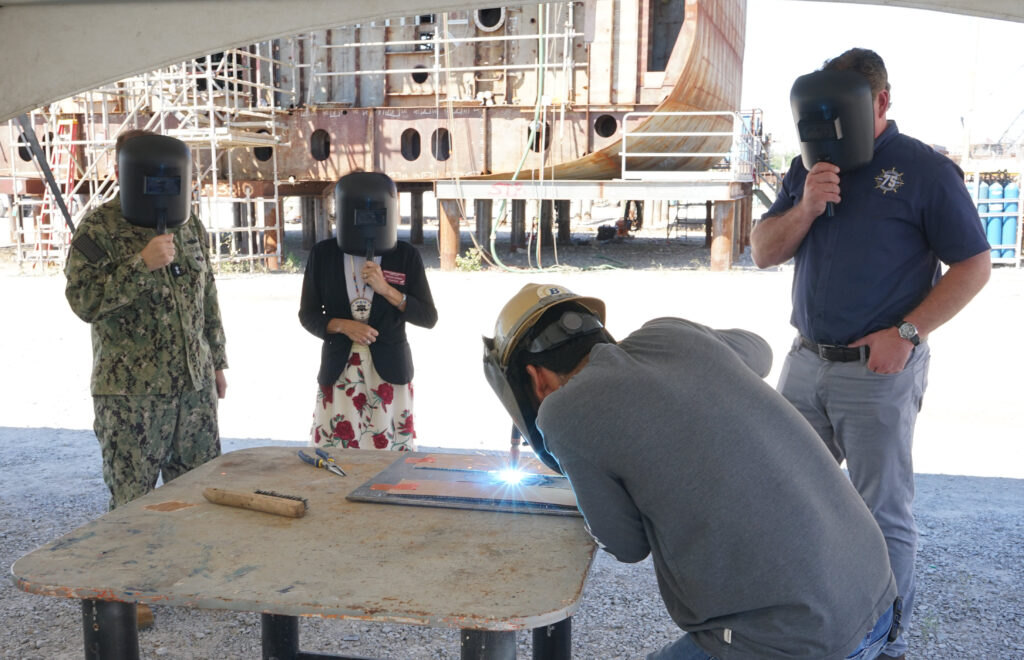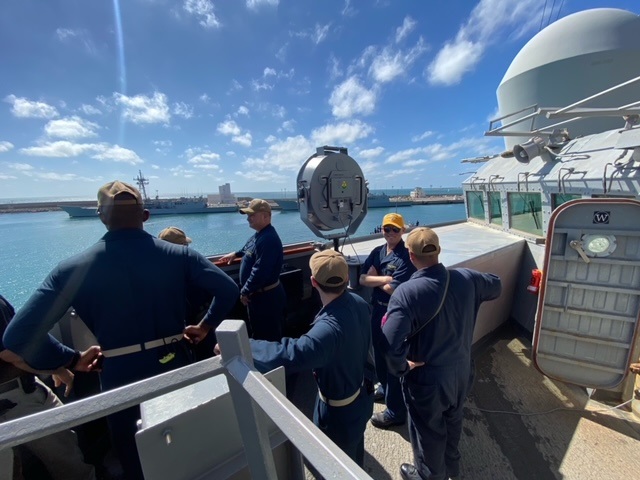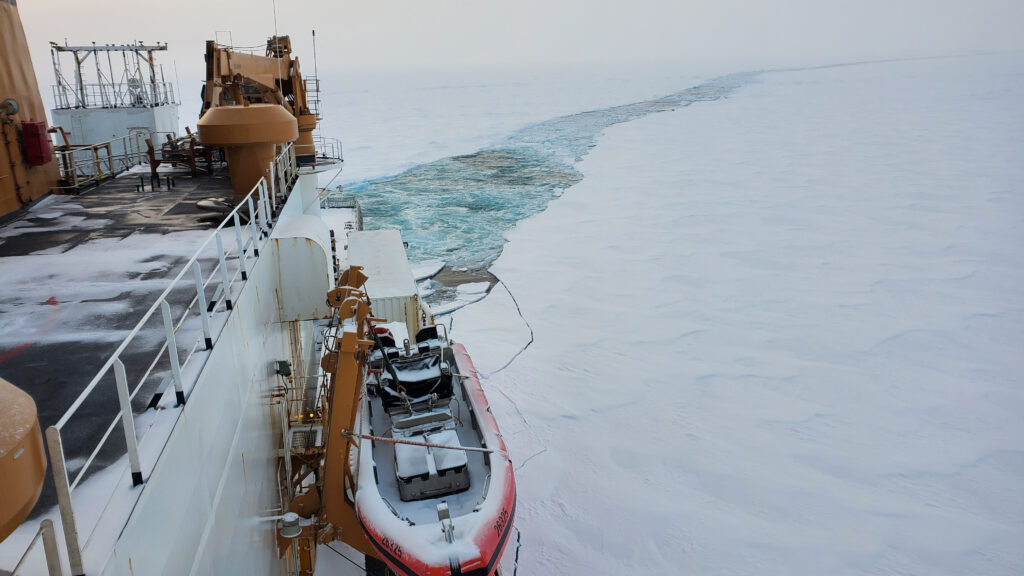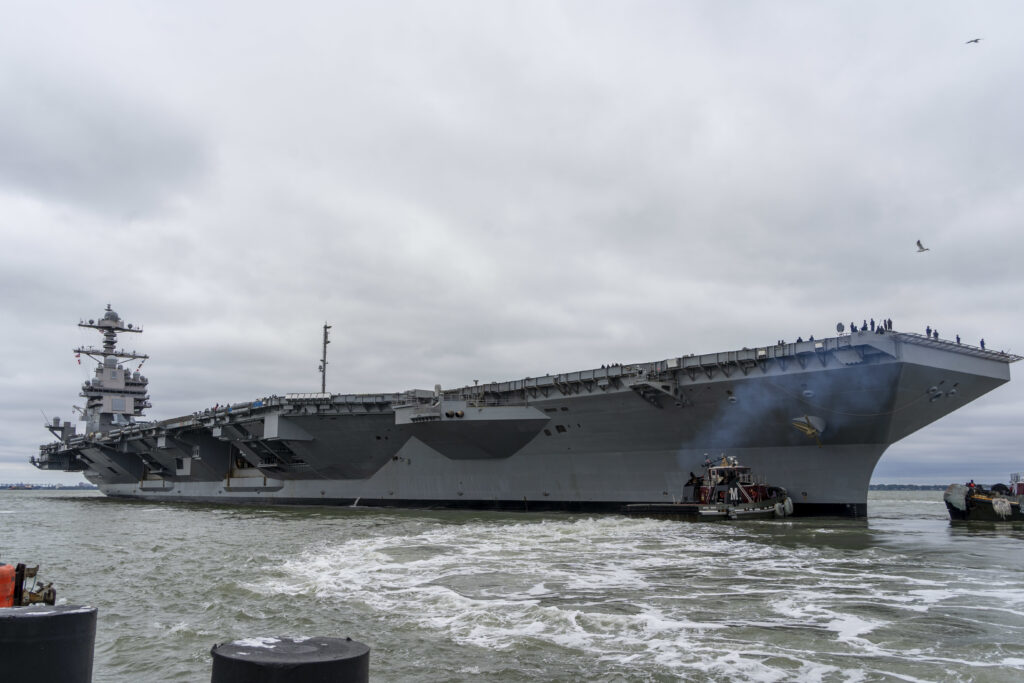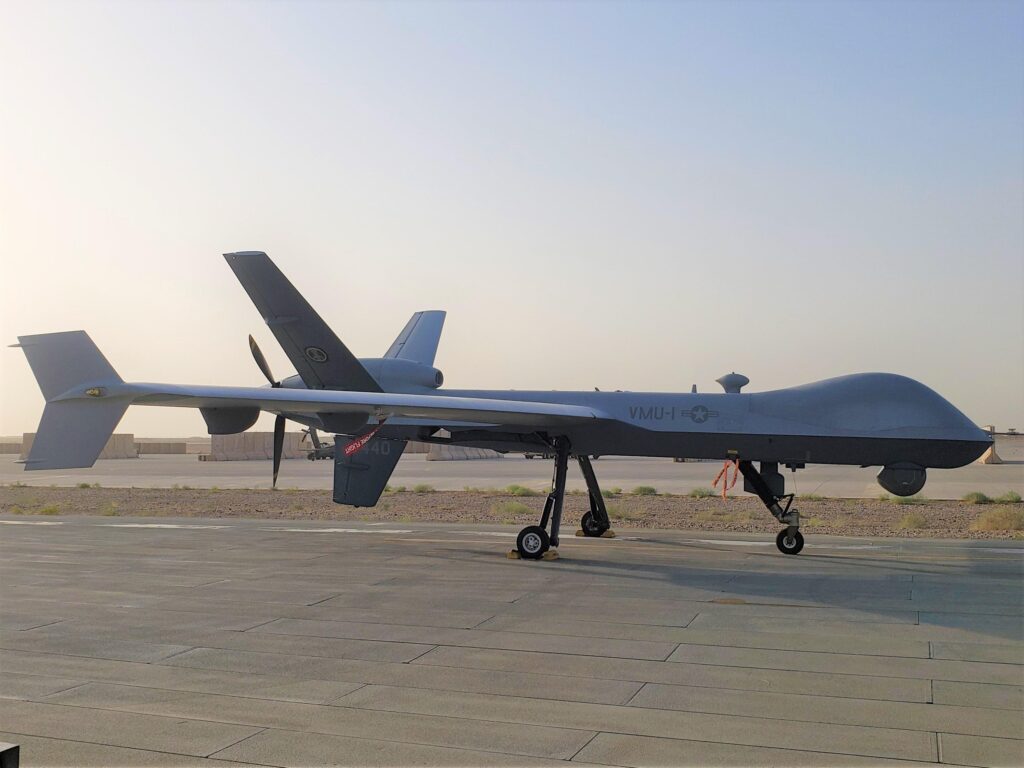Navy Opens New Additive Manufacturing Center of Excellence; Announces New Regional Training Center in Danville, Va.
DANVILLE, Va. — On Oct. 5, the U.S. Navy celebrated the formal opening of its Additive Manufacturing Center of Excellence (AM CoE) within the State of Virginia’s Center for Manufacturing Advancement (CMA) on the Institute for Advanced Learning and Research (IALR) campus in Danville, Virginia, Team Submarine Public Affairs said in an Oct. 6 release.
The AM CoE is co-located with IALR’s Accelerated Training in Defense Manufacturing (ATDM) Program, which is a joint U.S. Navy-Office of the Secretary of Defense Industrial Base Analysis and Sustainment effort that provides a fast track, intensive, and targeted curriculum across key trades, including welding, machining, metrology, and additive manufacturing.
The new AM CoE will include three full bays dedicated to accelerating and scaling additive manufacturing, activating the supply chain through a centralized Navy demand signal, and serving as an operational hub that builds upon experience and collaboration across a consortium of industry and academic experts.
The official ribbon-cutting ceremony took place during the Second Annual ATDM Summit, which brought together U.S. Navy, Office of the Secretary of Defense, federal, state and local government officials, as well as defense, industry and academic partners, to discuss the importance of creating a ready and capable workforce and sustaining robust trade pipelines and strong industry partnerships to close the trade and manpower gaps impacting the defense industry.
Virginia Governor Glenn Youngkin kicked off the Summit in front of a crowd of 300 people.
“We are honored to be partnered with the Navy. This partnership will diversify, transform and grow Southern Virginia’s production capability for the Submarine Industrial Base as well, marking another major win for Virginia’s defense economy and labor market,” Youngkin said.
During live, virtual remarks, Secretary of the Navy Carlos Del Toro addressed the imperative for programs like ATDM.
“To strengthen our maritime dominance, we have to field and maintain the right capabilities to deter adversaries and, when called upon, to win wars,” Del Toro said. “Graduates of the ATDM Program will enter the workforce with the specific skills and nationally recognized certifications we need now, with true, hands-on experience through facilities like the new Additive Manufacturing Center of Excellence.”
Vice Adm. William Galinis, commander, Naval Sea Systems (NAVSEA), provided his perspective on the efforts happening in Danville and how they are poised to support the broader Navy enterprise.
“This is an ‘All Hands on Deck’ endeavor, and ensuring we have a ready and capable workforce is at the top of the list in things we must get right,” he said.
“The creation of the AM CoE marks the first major partnership for the CMA, and demonstrates the Navy’s commitment to investing in – and delivering – the skilled workforce necessary to strengthen and expand the Navy’s industrial base to achieve the Nation’s strategic defense objectives,” said Matthew Sermon, the executive director of Program Executive Office, Strategic Submarines (PEO SSBN).
“Building and sustaining the Navy’s defense industrial base workforce, and smartly but aggressively pushing the bounds of advanced technology adoption, has become a national security imperative and is part of the whole-of-government/whole-of-industry approach,” Sermon continued. “This facility, and the partnerships it is built upon, will pave a path for sustainable and scalable additive manufacturing production capability in the submarine industrial base, and across the Navy-industry community.”
PEO SSBN’s Rear Adm. Scott Pappano cut the ceremonial ribbon, and also announced plans for key investments into dedicated infrastructure, capability, and capacity designed to scale the current ATDM program through a Regional Training Center, which will sit adjacent to the AM CoE and will have the capacity to train approximately 1000 defense manufacturing workforce members each year.
“ATDM serves as a national model for how we meet the demand for industrial base workforce over the coming years,” Pappano said. “As we look to our greatest threats and risk, we must make bold moves…that’s exactly what we are doing here in Danville. The events we celebrate today – centered on workforce, technology, and the space where those two priorities must meet – are game changing for our enterprise.”
U.S. Sens. Mark Warner and Tim Kaine, U.S. Rep. Bob Good, and U.S. Department of Labor Assistant Secretary for Veterans’ Employment and Training Service (VETS) James D. Rodriguez were among the distinguished guests who provided their overwhelming support for both the workforce and technology efforts happening as part of the region’s partnership with the Navy.
